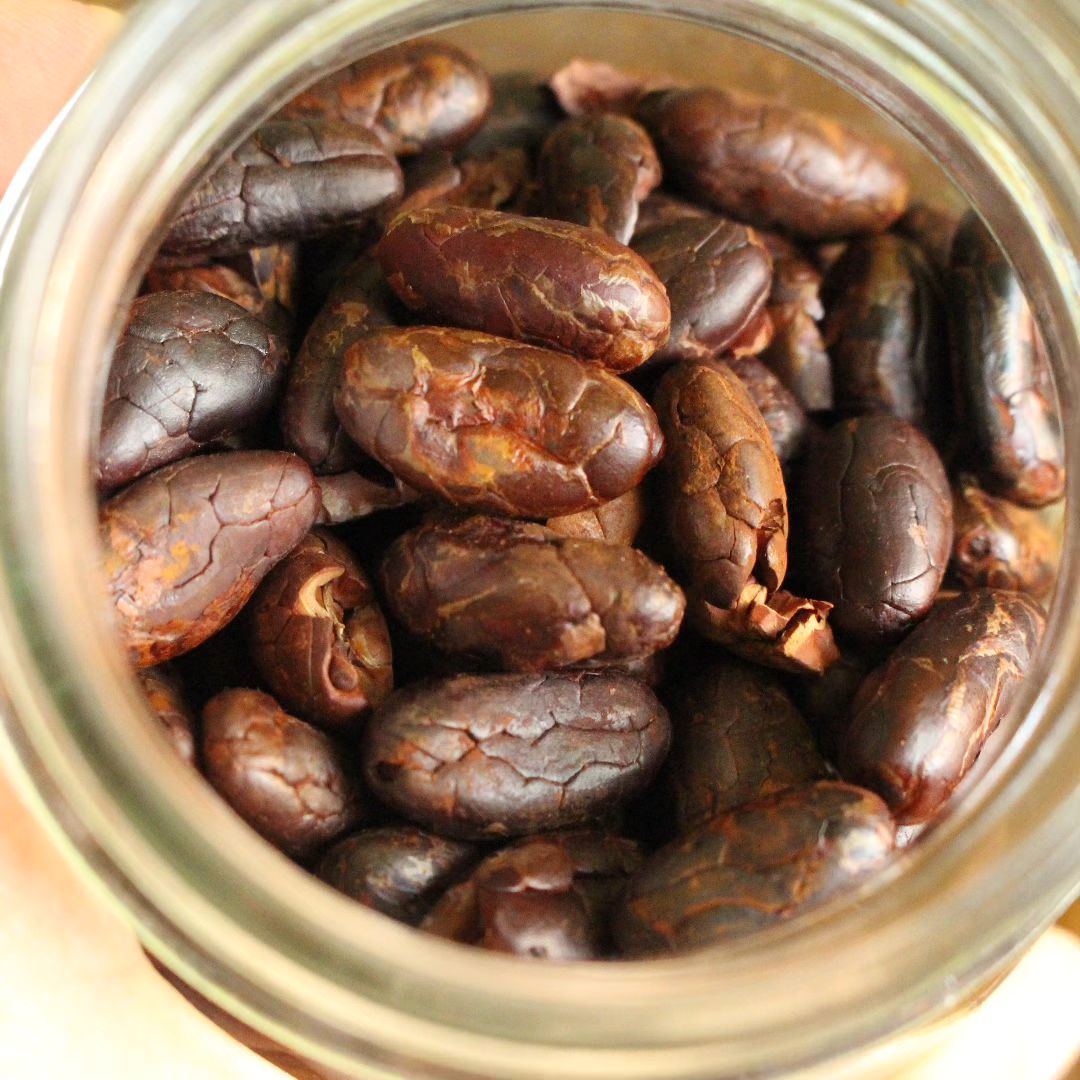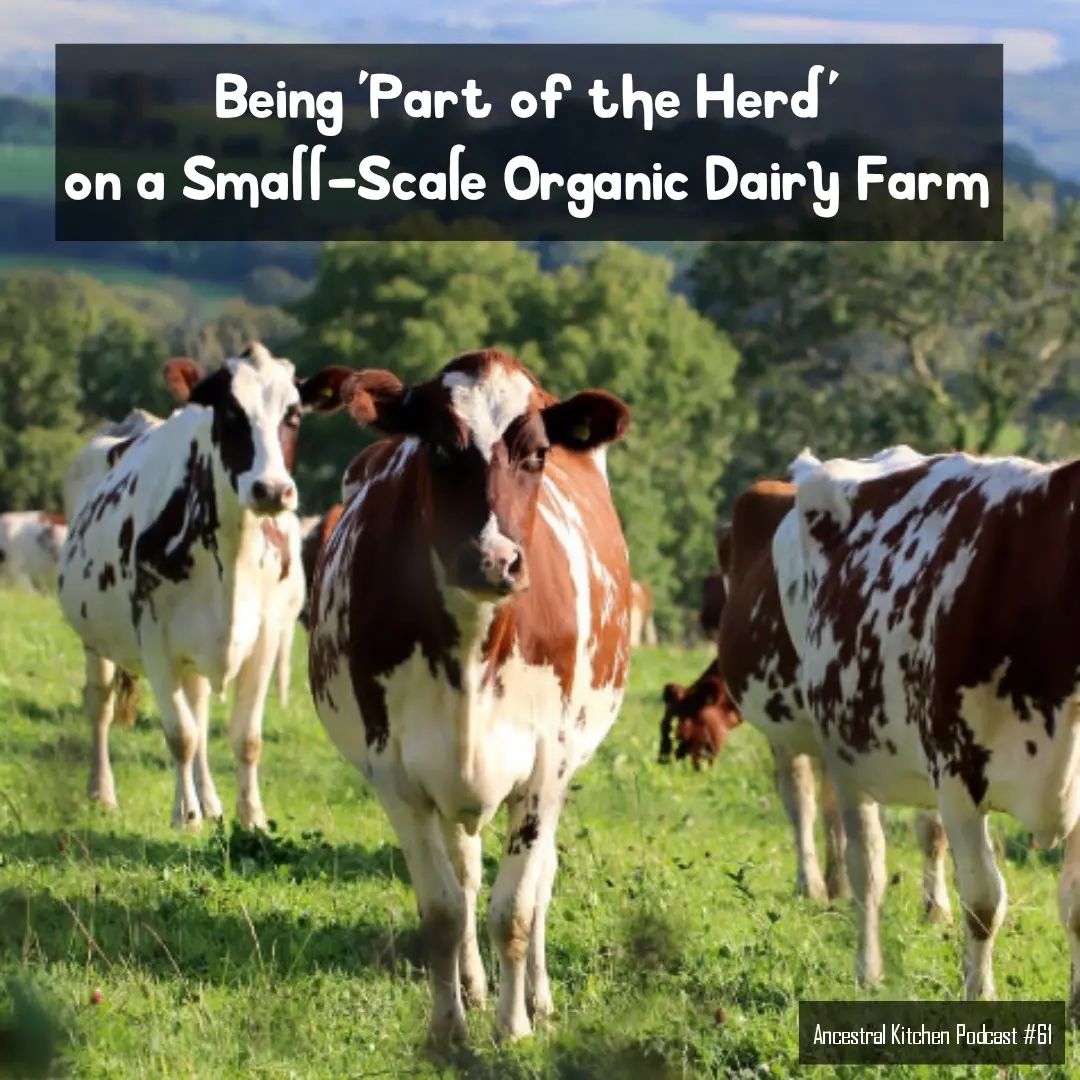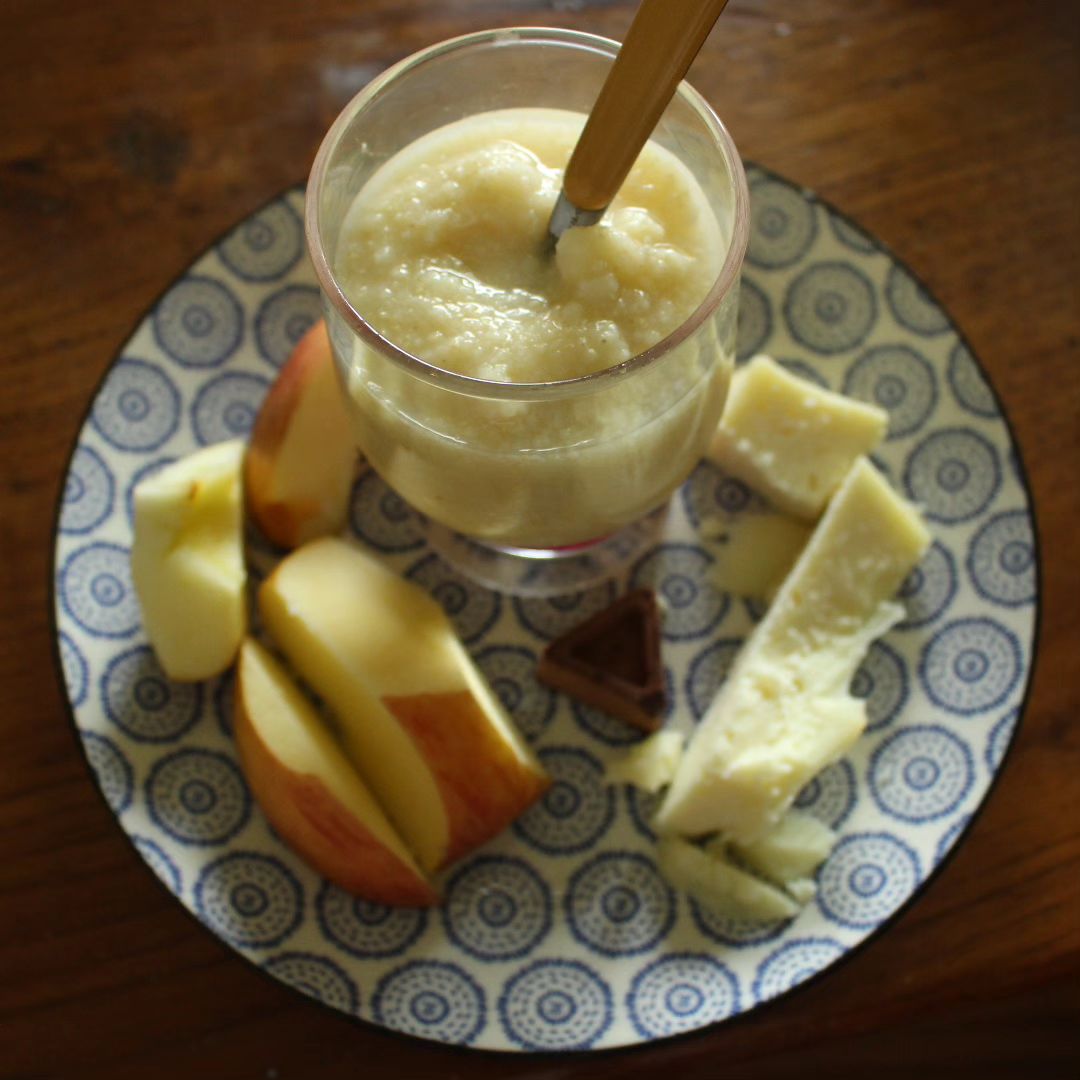I render lard in a slow cooker. After it’s been going 6/7 hours and there’s not much more liquid fat coming out, I rescue the cracklings and transfer them to the cast iron pan to crisp up further. . We then eat these cracklings (they are called niblets in our home!) on everything. They are wonderful on salads or cooked vegetables, sprinkled over sourdough or as ‘croutons’ on soups before serving. I love oatcakes topped with them (I’ll post a pic in my story!) and include them in bread-making, as our ancestors have done for many years. . I’ve got a recipe on my site (in the resources section of www.ancestralkitchen.com) which has a recipe for a sourdough version of a traditional Italian crackings bread – pan di ciccioli. If you have cracklings around, it’s a delicious way to enjoy every part of the lard-making process! . How do you eat your cracklings?!

I render lard in a slow cooker. After it’s been going 6/7 hours and there’s not much more liquid fat coming out, I rescue the cracklings and transfer them to the cast iron pan to crisp up further.
.
We then eat these cracklings (they are called niblets in our home!) on everything. They are wonderful on salads or cooked vegetables, sprinkled over sourdough or as ‘croutons’ on soups before serving. I love oatcakes topped with them (I’ll post a pic in my story!) and include them in bread-making, as our ancestors have done for many years.
.
I’ve got a recipe on my site (in the resources section of www.ancestralkitchen.com) which has a recipe for a sourdough version of a traditional Italian crackings bread – pan di ciccioli. If you have cracklings around, it’s a delicious way to enjoy every part of the lard-making process!
.
How do you eat your cracklings?!






